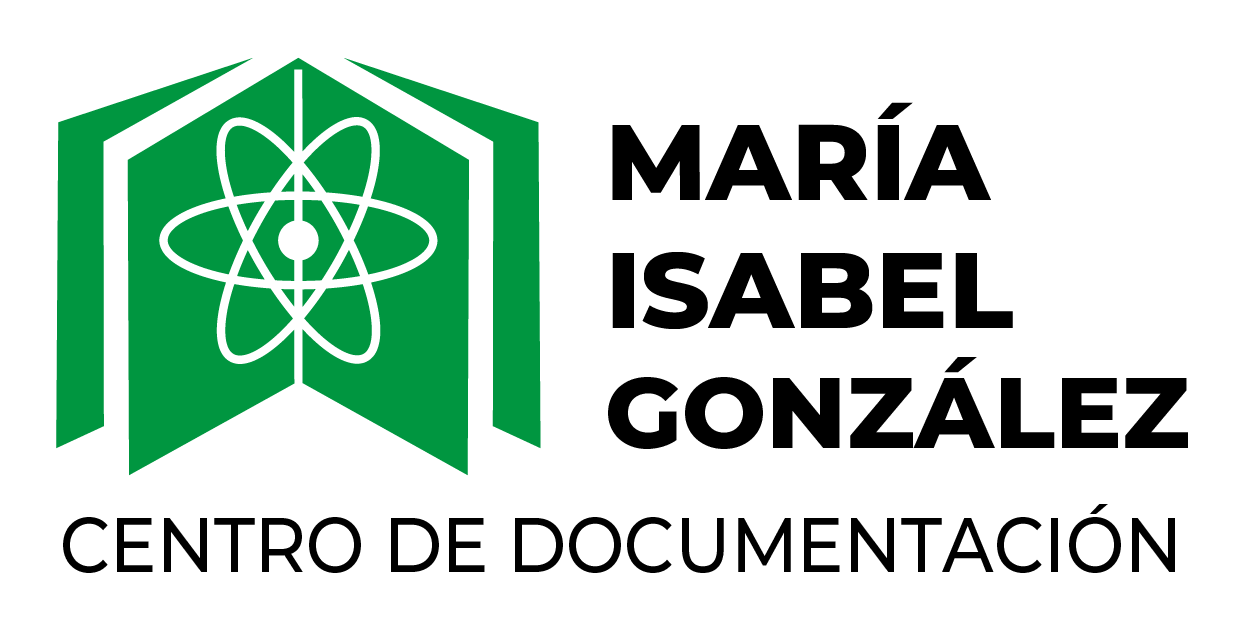Difusión y atrapamiento de hidrógeno en aleaciones Fe-9 por ciento Cr.
Material type: Computer filePublication details: 2015.Description: 82 pOther title:
Computer filePublication details: 2015.Description: 82 pOther title: - Hydrogen diffusion and trapping in Fe 9 per cent Cr alloys [Parallel title]
| Item type | Home library | Call number | Status | Barcode | |
|---|---|---|---|---|---|
|
|
Centro de Información Eduardo Savino | IS/T--154/15 (Browse shelf(Opens below)) | Not for loan | IS/T--154/15 |
Browsing Centro de Información Eduardo Savino shelves Close shelf browser (Hides shelf browser)
Cantidad de ejemplares: 1
Tesis para optar al título de Magister en Ciencia y Tecnología de Materiales. Director/es: Hurtado Noreña, Carolina; Bruzzoni, Pablo
En esta tesis se estudia una aleación Fe 10 por ciento Cr 0,1 por ciento C fabricada en el laboratorio. Se analiza particularmente la influencia del Cr en la difusión y el atrapamiento de hidrógeno. Para ello se llevaron a cabo mediciones utilizando la técnica de permeación de hidrógeno en muestras de la aleación con dos condiciones metalúrgicas distintas. Para obtener las dos condiciones metalúrgicas se emplearon dos tratamientos térmicos, el propósito de los mismos es trabajar con estructuras ferríticas. El primer tratamiento térmico se realiza para obtener la fase alfa. El segundo tratamiento térmico tiene como objetivo la precipitación de la fase alfa' rica en cromo, si las condiciones de concentración y temperaturas se encuentran dentro del campo bifásico (alfa+alfa'). Las mediciones mostraron que la difusión del hidrógeno es más lenta en la segunda condición metalúrgica estudiada y esta diferencia está relacionada con cambios en la matriz ferrítica dado que la precipitación de carburos es similar para las dos condiciones. Este retraso en la difusión puede estar asociado a la precipitación de la fase rica en cromo (alfa'). Por último se realizaron ajustes de las mediciones experimentales empleando distintos modelos de atrapamiento de hidrógeno. Así, se pudo explicar el comportamiento de la aleación con el primer tratamiento térmico con el modelo de equilibrio local y con el segundo tratamiento con el modelo más general de McNabb y Foster.
A laboratory-made Fe 10 per cent Cr 0,1 per centC alloy has been studied in the present thesis. Particularly, the effect of the presence of Cr on the hydrogen diffusion and trapping is analyzed. For this purpose, hydrogen permeation measurements were carried out on alloy samples with two different metallurgical conditions. The two metallurgical conditions were achieved through two different thermal treatments in the ferrite field. The first treatment is intended to produce a homogeneous alpha phase. The object of the second treatment is to achieve the precipitation of the Cr-rich alpha' phase, whenever the temperature and composition fall in the biphasic (alpha+alpha') field. The measurements showed that the diffusion of hydrogen is slower in the second metallurgical condition. Since the carbide precipitation is similar in both conditions, this difference seems to be related with changes in the ferritic matrix. This delay in the diffusion may be associated with the precipitation of the Cr-rich alpha' phase. Finally, simulated permeation transients based on different hydrogen trapping models were fitted to the present experimental measurements. In this way, the behavior of the first metallurgical condition could be explained with the local equilibrium model, and that of the second condition with the more general model of McNabb and Foster.
Lugar de trabajo: Centro Atomico Constituyentes
There are no comments on this title.




